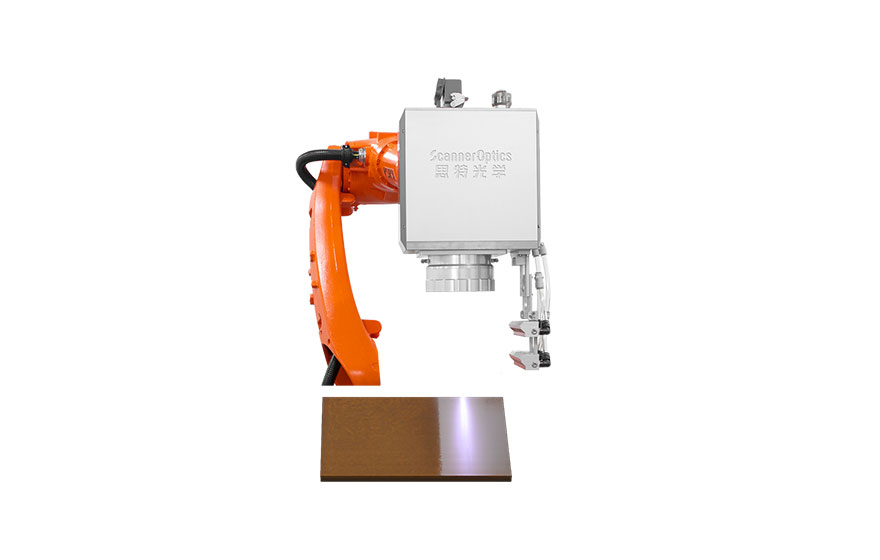
Laser cleaning is a modern, contact-free method designed to remove surface contaminants with high accuracy and minimal material disruption. By directing controlled bursts of laser energy onto a surface, the system heats and breaks down undesired layers—such as rust, oil, oxides, and coatings—without damaging the substrate beneath.
The process takes advantage of rapid, localized heating and thermal expansion, which dislodges contamination at the molecular level. This allows for highly selective cleaning with micron-scale precision, even on delicate or geometrically complex components.
At its core, laser cleaning uses short, high-intensity pulses to interact with specific surface layers. These pulses deliver energy precisely to thin films or residues, causing them to vaporize or detach almost instantly. The laser parameters—such as power, frequency, and scanning speed—are carefully adjusted to match the type and thickness of the material being removed.
Because the laser beam is guided without physical contact, the process avoids abrasion, distortion, or chemical reactions. Heat is confined to a very small area, preserving the surrounding material and minimizing thermal impact.
Leaves no abrasive wear or chemical residue; environmentally safer and operator-friendly.
Cleans only where needed, without affecting sensitive functional zones.
Reduces the need for secondary cleaning steps and waste handling.
Fully compatible with automated systems, offering consistent results across batches.
Clean surfaces improve weld quality, bonding strength, and coating adhesion.
Suitable for metals, ceramics, composites, and coated surfaces.
Surface preparation before welding and bonding: Removing oxides, oils, and contaminants to ensure strong, durable joints.
Rust and corrosion removal: Efficient elimination of rust layers from metal parts without substrate damage.
Paint and coating removal: Selective stripping of old or defective coatings in repair or manufacturing processes.
Battery manufacturing: Cleaning cylindrical battery surfaces to enhance weld quality and performance.
Historical restoration: Removing dirt and corrosion from delicate artifacts and artworks with minimal impact.
Laser Cleaning for cylindrical battery
Traditional cleaning methods such as mechanical blasting, chemical solvents, or abrasive scrubbing often involve drawbacks like substrate damage, environmental hazards, or inconsistent results. Laser cleaning addresses these challenges by providing:
1. Precise control over cleaning areas and depth
2. Reduced environmental footprint with no chemical use
3. Non-contact operation that preserves material integrity
4. High-speed processing suited for modern industrial production
With advancements in laser galvanometer scanning systems and intelligent laser control technology, modern laser cleaning solutions now deliver greater precision, speed, and flexibility than ever before. The laser galvanometer enables rapid, highly accurate beam positioning across complex surfaces, ensuring uniform cleaning results even on intricate geometries or delicate components. Combined with programmable parameters and real-time monitoring, these systems offer scalable, reliable, and cost-effective cleaning solutions for industries such as automotive, aerospace, electronics, and energy storage—where high-quality surface preparation is essential for product performance and manufacturing efficiency.